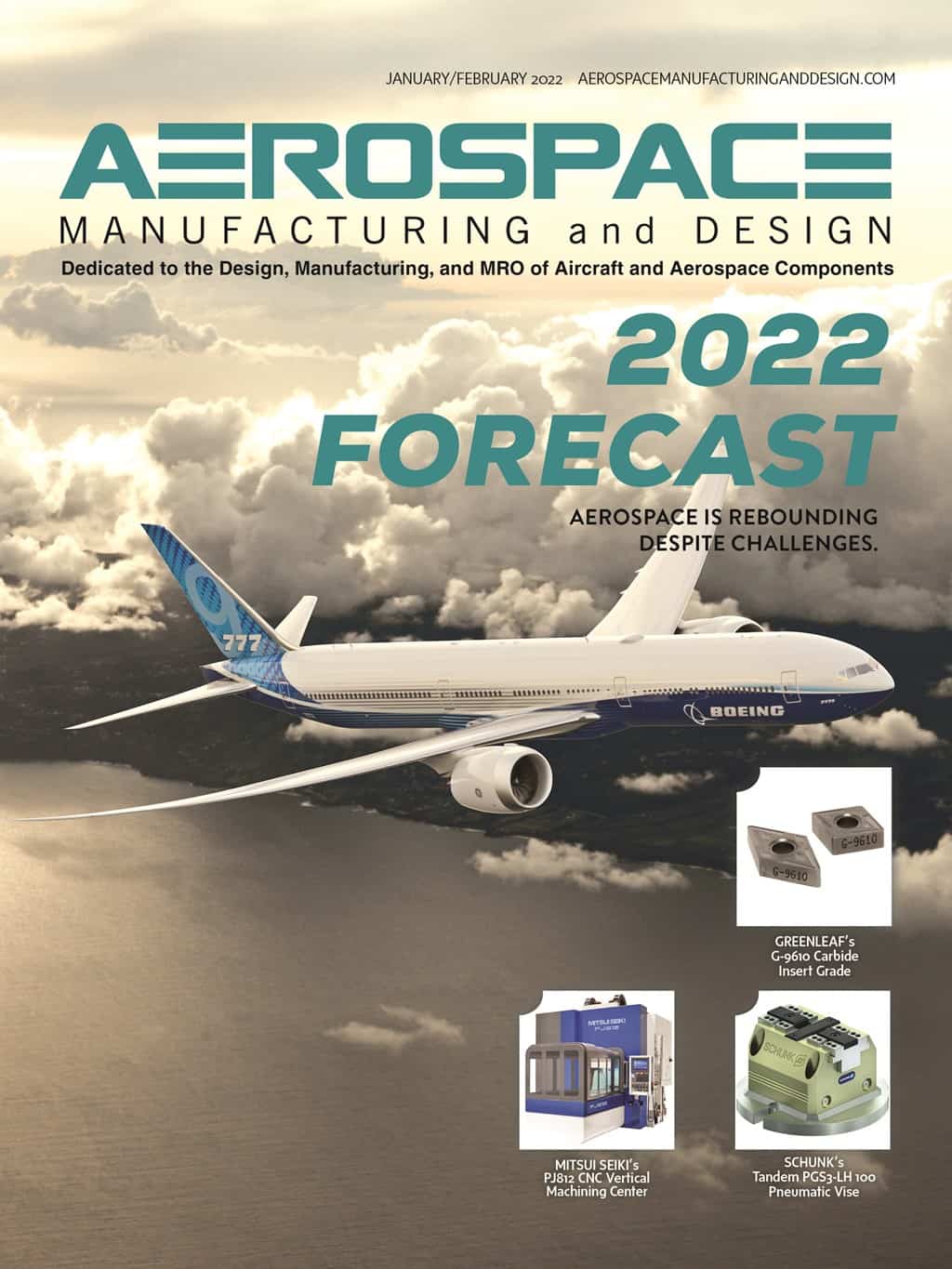
Today’s aircraft use sophisticated avionics to control various critical on-board functions. The electronics systems include communications, engine controls, flight controls, navigation, flight recorders, lighting systems, security systems, fuel control, weather radar, and hundreds of other flight management operations. The more complex the aircraft is, the more complex the avionic system is that controls it.
However, as these systems become more sophisticated and provide increased functionality, they also bring new problems. Engineers demand more faultless functionality from their avionic designs, using less room inside the aircraft without adding more weight. This requires smaller, denser, more compact electronic components and the printed circuit boards (PCBs) within.
But smaller, denser PCBs are more challenging to clean. PCBs are exposed to all types of contamination during fabrication – flux residue, fingerprint oils, dust, and other production debris. Many PCBs used in avionics are multilayered and tightly packed with bottom-terminated or low-standoff components such as ball grid arrays (BGAs), chip-scale packages (CSPs), micro-lead frames (MLFs), quad-flat no-leads (QFNs), and decawatt packages (DPAKs). The smallest contaminant can cause electrochemical migration, board delamination, parasitic leakage, dendrite growth, and shorting.

If the contamination isn’t cleaned, PCBs run the risk of intermittent or complete field failure. This is not an option in the aerospace industry as a failure can be catastrophic. PCBs must operate reliably every time, so it’s essential to get PCBs perfectly clean to ensure trouble-free PCB performance.
Effective PCB cleaning
Methods to reliably clean PCBs include manual benchtop cleaning or automated cleaning using either aqueous cleaning or vapor degreasing equipment.
Benchtop cleaning is ideal for lower production runs or if the PCB needs special handling. A PCB may have delicate or moisture-sensitive, hand-soldered components that require extra care when cleaning. Benchtop cleaning requires four steps for success: wet, scrub, rinse, and dry. First, wet the PCB with a non-aqueous, solvent-based flux remover, then gently scrub the contaminant off the board with a good quality scrubbing brush. Next, rinse away the dissolved contaminant with additional cleaning fluid. Finally, dry the PCB using a lint-free wipe, a high-quality air duster, or a combination of both so no residue or particulate is left behind.
Sealed fluid dispensing systems are replacing the pump bottles and brushes used for benchtop cleaning. Using a controlled dispensing system keeps the flux remover clean for each use. A quality dispensing system also delivers the right amount of fluid to wet the PCB completely, but without overspray or waste; using up to 30% less fluid to help cut cleaning costs.
_fmt.jpg)
Aqueous cleaning is used when batch cleaning large quantities of PCBs. It typically uses heated, deionized water and a detergent in a series of washing and rinsing cycles within large machines. A second step, using heat or air, dries the PCBs. Aqueous systems are considered to be environmentally friendly, however they consume relatively large amounts of electricity and require continuous water monitoring and stringent wastewater management. The cost of these additional steps should be considered when deciding which PCB cleaning method to use.
Vapor degreasing is also used for batch cleaning PCBs. It offers excellent performance when cleaning miniature components and uses an environmentally sustainable cleaning fluid, instead of water. PCBs come out of the vapor degreaser clean, dry, spot-free, and cool enough to handle for immediate coating or packaging.
Cleaning fluids used inside the vapor degreaser have a very low surface tension and viscosity lower than water so the cleaning fluid flows under tight components, dissolves the contaminants, and then flows back out without trapping any contaminants on the PCB.
Also, vapor degreasers recycle and reuse the cleaning fluid for hundreds of hours before the fluid needs to be refreshed, making it cost-effective and environmentally sound.
_fmt.jpg)
Choosing the right process
The increasing focus on PCB miniaturization is set to continue. Avionics designers are incorporating the latest technology into smaller packages. But the move to smaller PCBs brings reliability issues. PCB cleaning is a mission-critical process; if it’s not completed effectively, the avionics system simply won’t function reliably for its required life.
Successful PCB cleaning involves selecting the best combination of cleaning fluid and cleaning method to effectively remove contamination. Balancing these factors helps control PCB reliability. To implement the right cleaning procedures, it’s recommended that PCB fabricators and avionic device manufacturers work with a knowledgeable cleaning partner that specializes in cleaning fluids for aerospace applications. These experts can help choose the best cleaning process and fluids to deliver quality cleaning results and high-reliability components.
MicroCare LLC

Explore the January February 2022 Issue
Check out more from this issue and find you next story to read.
Latest from Aerospace Manufacturing and Design
- Airbus UpNext launches new technological demonstrator
- HEULE's back spot facing tools
- IMTS 2024 Conference: Quoting This Way Is Killing Your Profits
- Webinar: Successfully navigate Industry 4.0
- SMW Autoblok answers your questions June 20
- Supply Chain Management in Aerospace Manufacturing
- Airbus, Avincis partner on advanced air mobility
- Monaghan Tooling Group's Vergnano P-Series Taps





